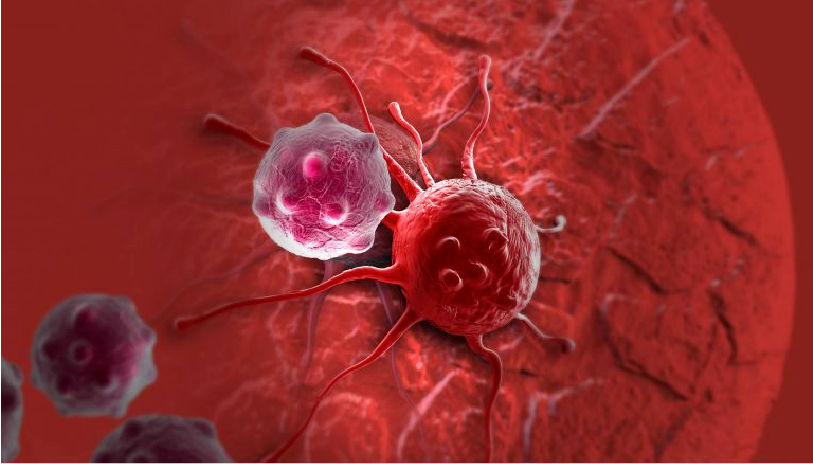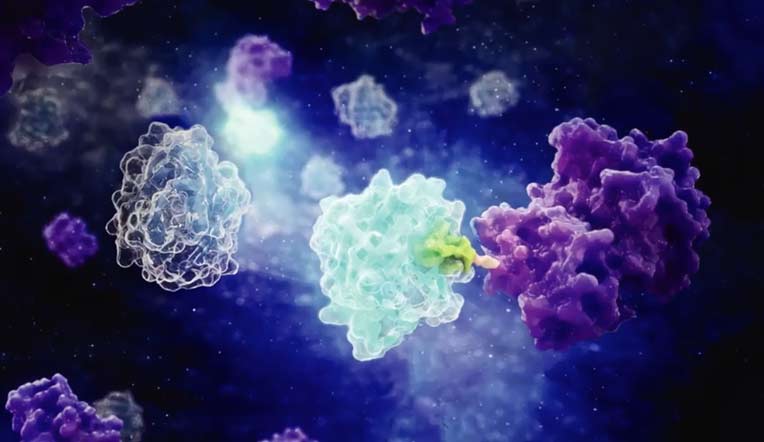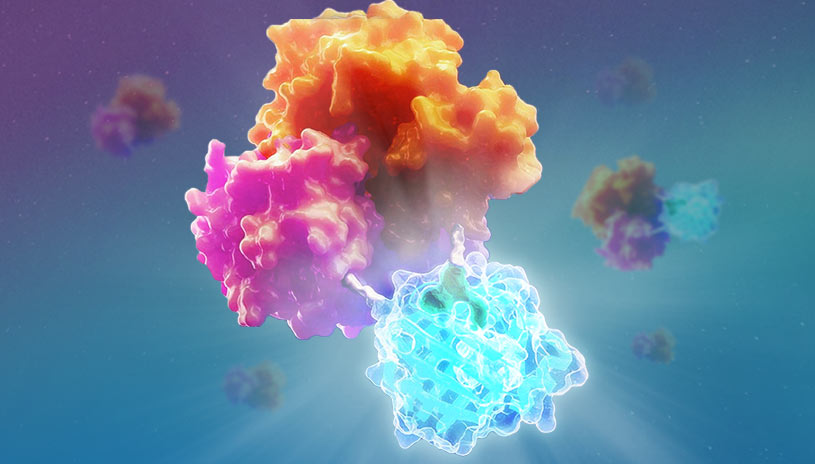Targeted Protein Degradation
Selectively targeting proteins for removal from the cell, instead of inhibiting protein activity, is a newer modality for potential therapy. The protein is targeted for degradation using the cell’s natural ubiquitin proteasome system (UPS). Compounds such as molecular glues and proteolysis targeting chimeras (PROTACs) initiate this process by linking the target protein to an E3 ligase. The cell’s UPS does the rest.
Promega offers a comprehensive selection of CRISPR-edited cell line pools and clones to facilitate studying popular protein degradation targets, using sensitive bioluminescence technology.
Need help with assay development, compound screening or profiling? Learn more about our targeted protein degradation services.

Join us for the "Cracking the Undruggable Code" virtual symposium on October 22–24, 2024!
Learn more »
Key Questions To Consider When Developing Protein Degraders
Promega offers a portfolio of cell-based assays for use in development of effective protein degraders. These products are used to answer the following key questions:

Featured Resources

Article: Selective Degrader Against Cancer Cell Lines
Read this press release about a recent collaboration to develop a selective CK1α degrader with antiproliferative effects.

Slide Deck: Enabling Discovery of Targeted Protein Degraders
View this slide deck presented by Promega Scientist Dr. Kristin Riching at the 2024 TPD European Summit.

App Note: Monitoring Ternary Complex Formation
Learn about a simple bioluminescent method for high throughput screening of PROTACs.
Need help with Assay Development, Screening or Profiling?
Learn more about our targeted protein degradation services.